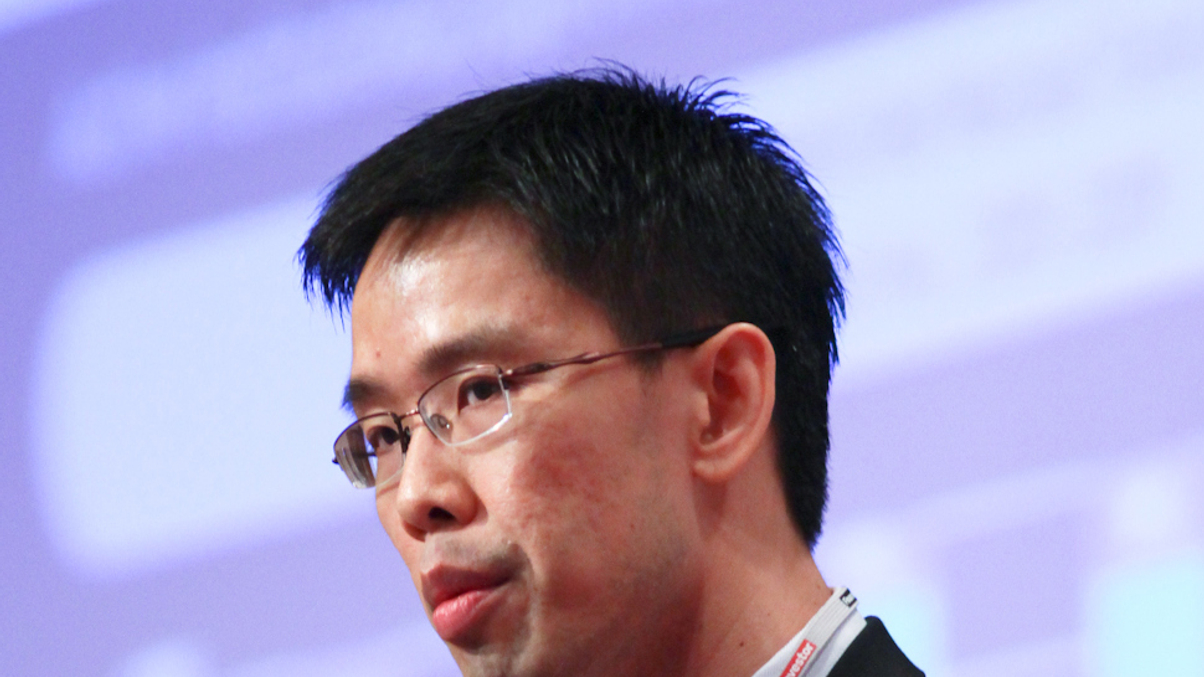Fund firms eye private banks, insurance platforms
Mutual fund managers, facing asset retention issues, are increasingly turning to private bank and insurers for distribution, says Cerulli, but fierce competition will keep the shift gradual.

Asia-Pacific mutual fund firms, in search of more stable revenue streams, are increasingly trying to get their products on private bank and insurance distribution platforms, but the shift will be gradual, says research house Cerulli Associates.
Sign In to Your Account
Access Exclusive AsianInvestor Content!
Please sign in to your subscription to unlock full access to our premium AI resources.
Free Registration & 7-Day Trial
Register now to enjoy a 7-day free trial—no registration fees required. Click the link to get started.
Note: This free trial is a one-time offer.
¬ Haymarket Media Limited. All rights reserved.


